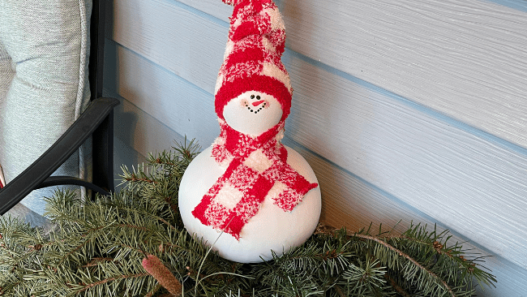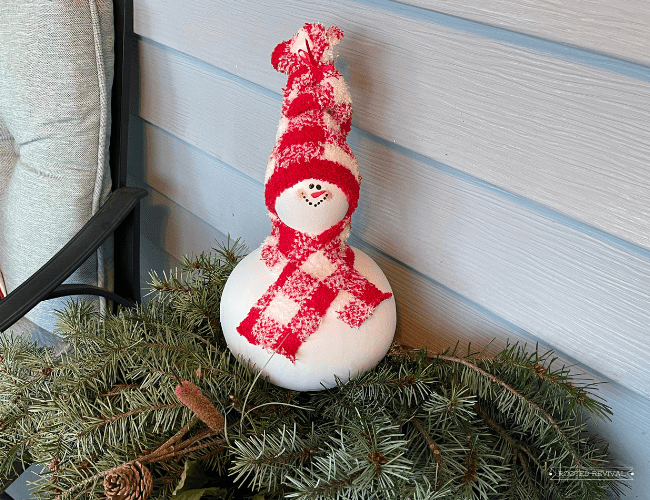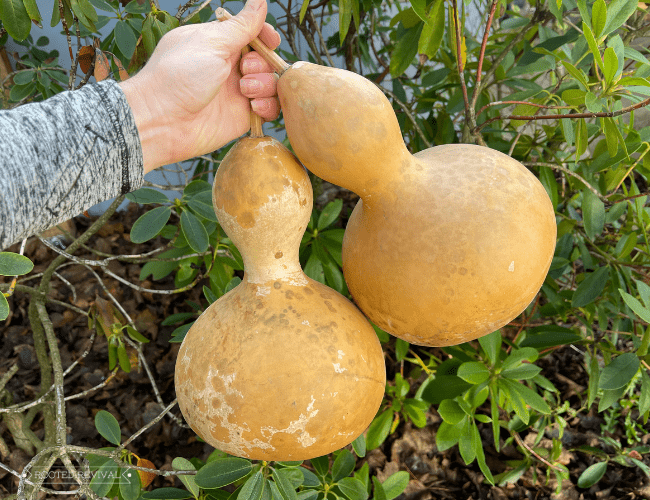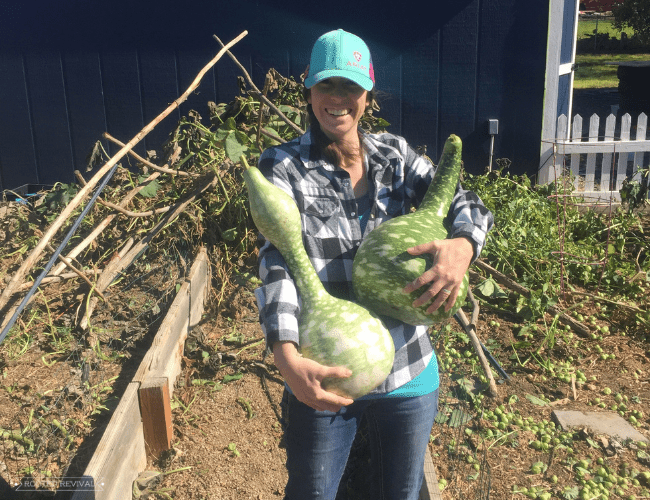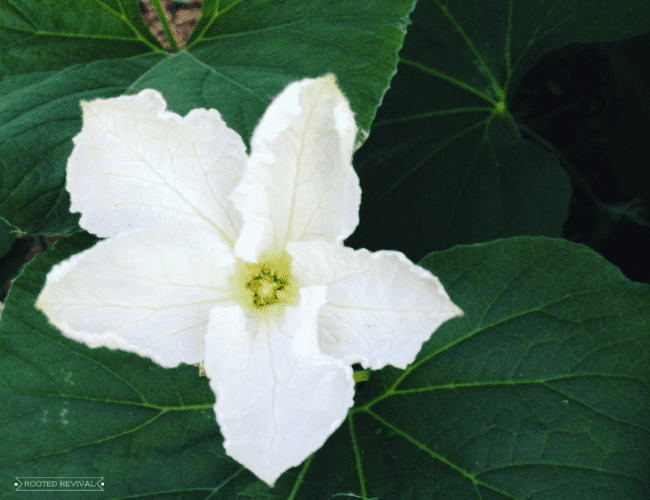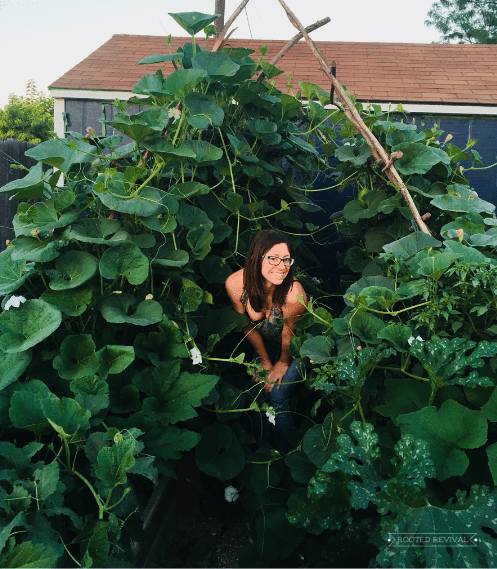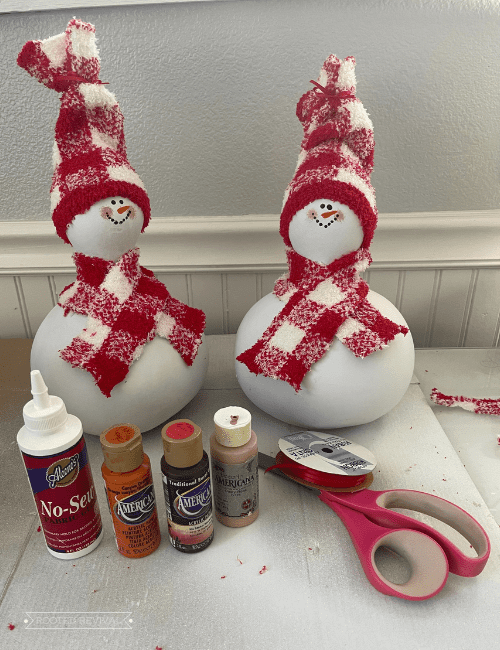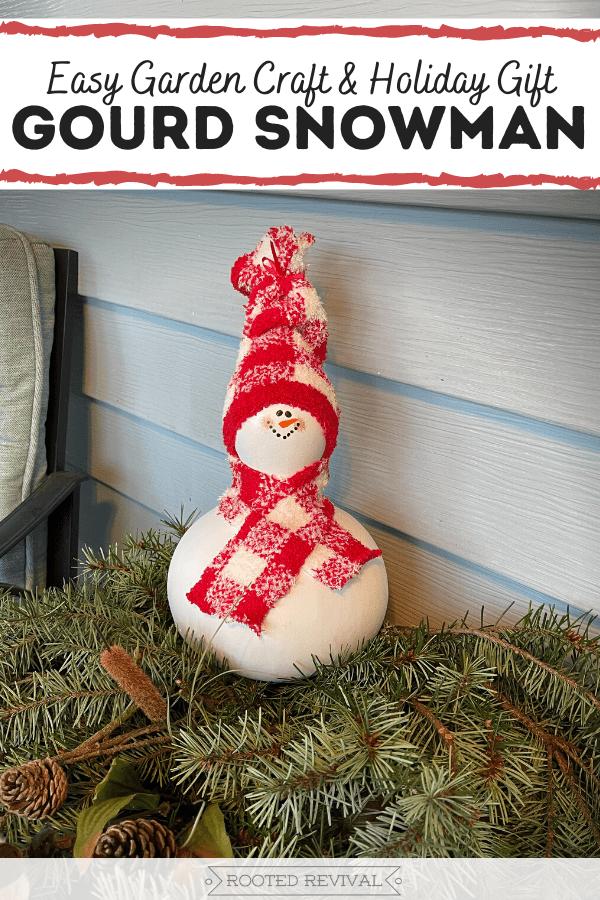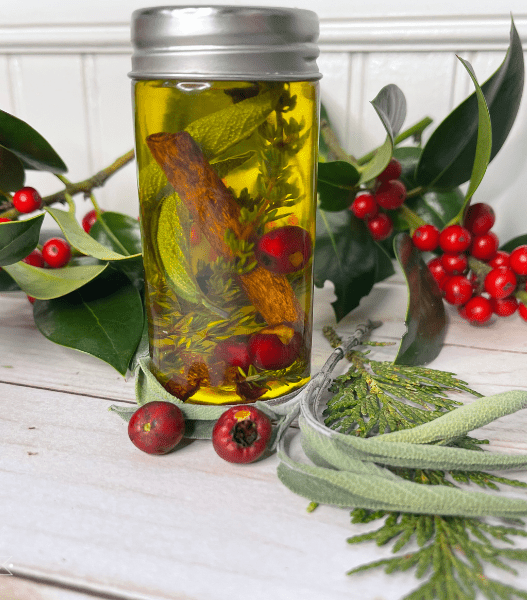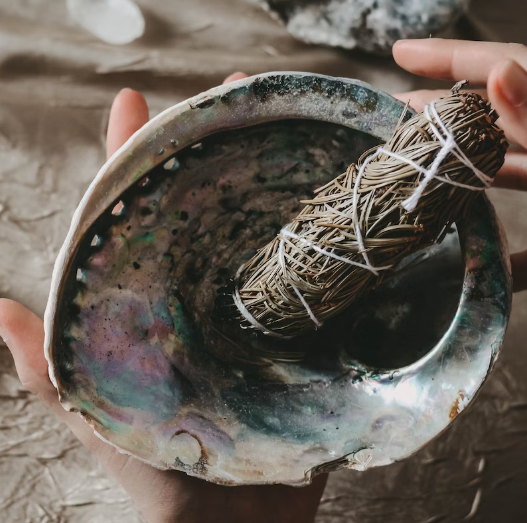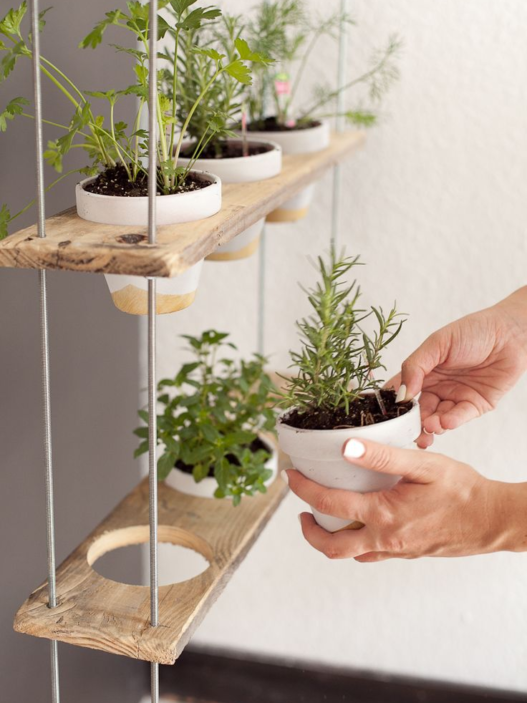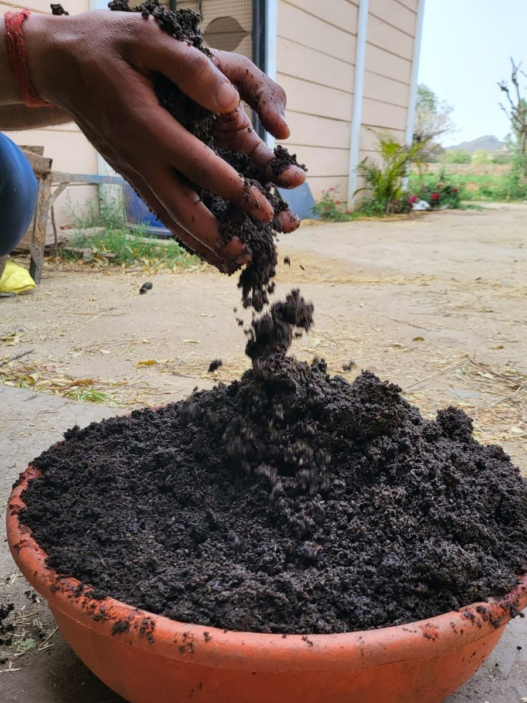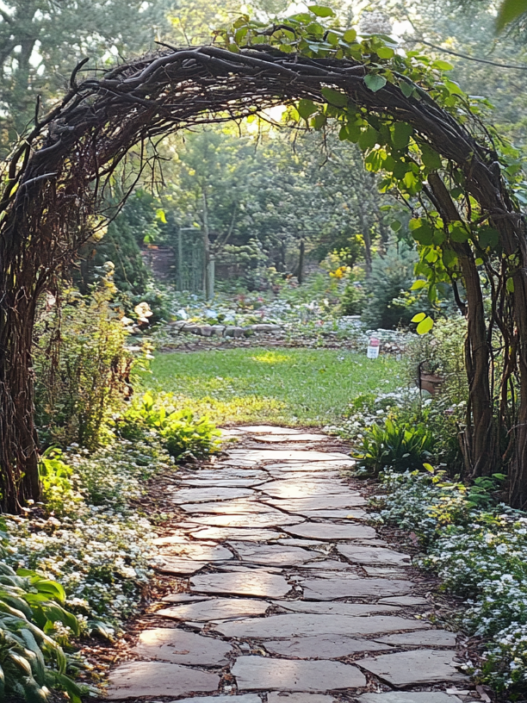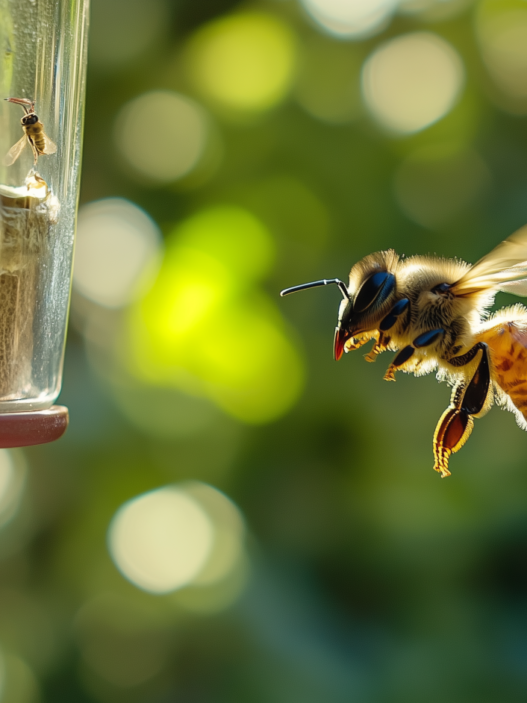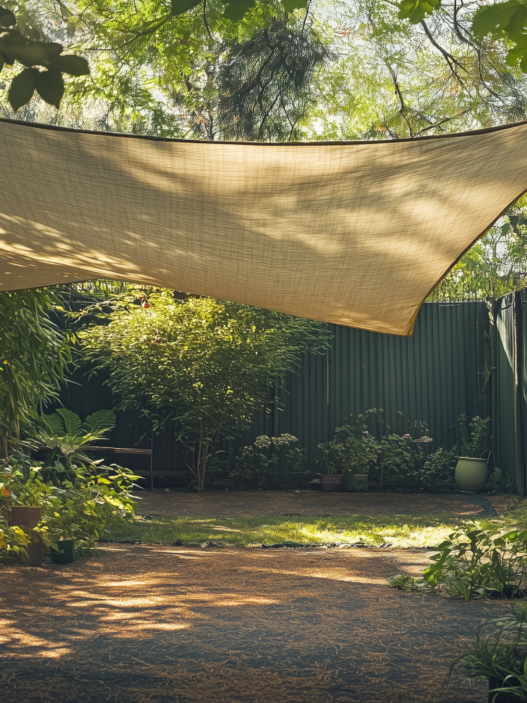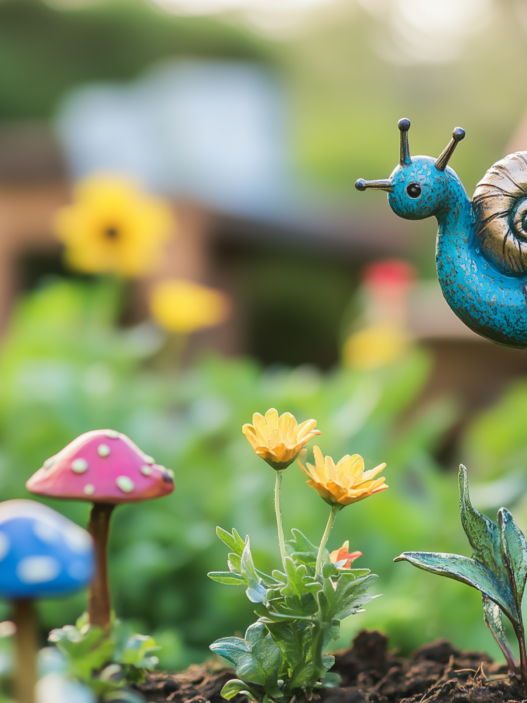You can grow your own gourds to create these adorable painted gourd snowmen! Keep them for yourself or give them as gifts!
If you love gardening, crafting and decorating, you have got to grow decorative gourds!!
Decorative gourds are in the Cucurbit family which also includes pumpkins, winter squash, cucumbers and summer squash like zucchini! They grow under the same gardening conditions – so if you can grow a cucumber, you can definitely grow some decorative gourds!
Which means that you can make your own cute snowmen! But don’t stop there because there are endless uses for gourds if you are creative!
What exactly is a decorative gourd?
There are many varieties of gourds! But, we usually split them into two broad categories: hard shell gourds and soft shell gourds. Both types store very well and can be used decoratively. Today, we’ll be talking about hard shell gourds – because that’s what you need to make these cute snowmen!
Hard shell gourds belong to the Lagernaria genus of the squash family (Cucurbitaceae). Within this family, there are six species of gourds.
The word “Lagernaria” is Latin for “bottle”. This name hints at the original use for these gourds: they were dried and used as flasks to hold water and other liquids! But, it’s also likely that they were used to hold many other things as well! Just another example of how nature can provide for so many of our needs!
To many people’s surprise, Lagernaria squash can be eaten! They are edible just like any other squash. However, as they mature, they become less tasty. And, since we traditionally harvest them once they are mature and then dry them whole, they aren’t as popular as other varieties for cooking and eating.
Growing Gourds to Make Gourd Snowmen!
The exact variety of gourd that I used to create these snowmen is often called a birdhouse gourd. They are also known as “bottle gourds” and “white flower gourds”. And, yes, the flowers are STUNNING! The scientific name is Lagenaria siceraria.
Gourds are incredibly easy to grow! If you know how to grow a pumpkin, then you know how to grow a gourd! Gourds need full sun, moderate water, some good compost (they are heavy feeders) and lots of room for their sprawling vines!
You may want to consider growing your gourds vertically. This can help save space and create extra aesthetic beauty! Just be sure that your support structure can manage the weight of those big gourds! You can see in the my picture above that my beautiful arbor collapsed by the end of the season due to the weight of the giant gourds I grew!
Let your gourds fully mature. Harvest them on a dry day before a frost. I’ve lost a few from not harvesting them soon enough! Keep only the best gourds that don’t have blemishes.
Drying Hard Shell Gourds
Wash the gourds with warm soapy water. You can then use a diluted bleach solution to sanitize them (1:10 bleach to water). Then let the gourds completely dry. They will need to be placed in a warm, dry place with good airflow. I like to put mine in my greenhouse with fan on them because our air is so humid!
Total drying time will vary depending on the gourd type, how big it is, and how humid your climate is. It could take anywhere from a month to 6 months! The first thing you’ll notice is the hardening of the shell. The shell will also turn brown-ish yellow.
The inside of the gourd will take awhile longer to dry (usually at least a month). You’ll know that it’s completely dry once you shake it and you can hear the dried seeds rattling inside – homemade maracas! You can speed up drying by drilling some small holes in the gourd to increase airflow.
Once your gourd is dry, it’s time to make your painted gourd snowmen! Follow the instructions below! There’s even a quick video of the whole process!
How to Make Painted Gourd Snowmen!
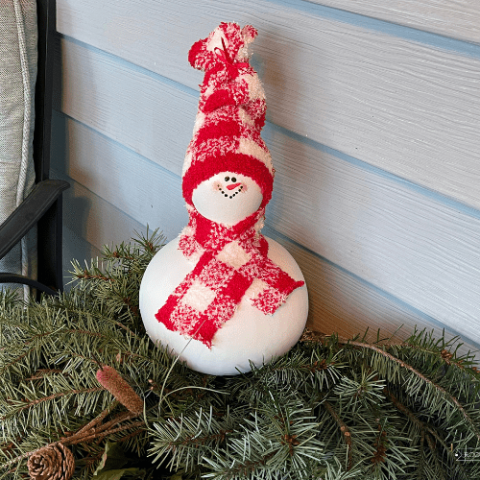
Painted Gourd Snowmen: Fun & Easy Garden Gift!
These cute snowmen are made from birdhouse gourds! You can even grow the gourds yourself!
Materials
- Birdhouse gourd, completely dried
- White paint (I used Rust-oleum 2x Ultra Coverage Paint + Primer in Flat)
- Sock
- Acrylic paint in light pink, orange and dark brown/black (I used Dusty Rose, Canyon Orange & Traditional Burnt Umber)
- Ribbon in color & design of choice (I used a thin red ribbon)
- Fabric Glue
Tools
- Scissors
- Paint brushes, fine tip is best
Instructions
- Paint your gourd white. I used spray paint to make it easier, but you can also hand paint them. I used two coats of paint. Allow it to fully dry.
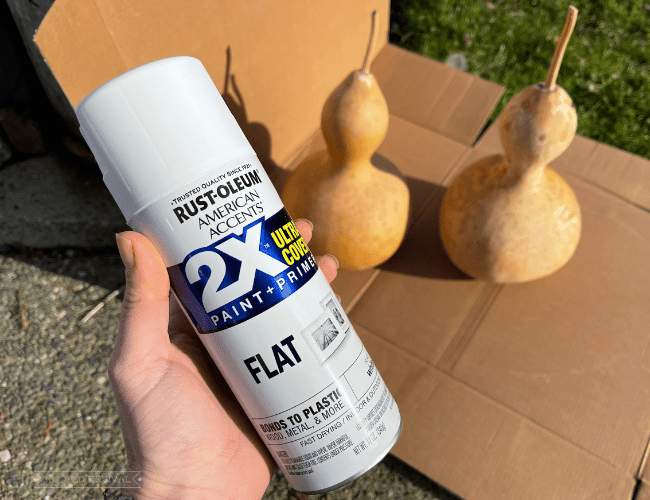
- Place the sock on the "head" of the gourd. Cut the sock about half-way up.
- Secure the top of the sock with the ribbon.
- Paint the face on the gourd.
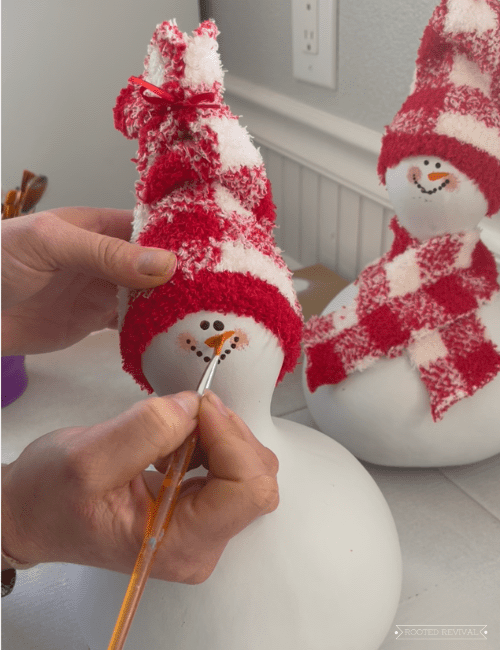
- Using the other half of the sock (the "toe" end), make the scarf. Cut the sock down either side to open it flat. You can trim it to the deisred thickness.
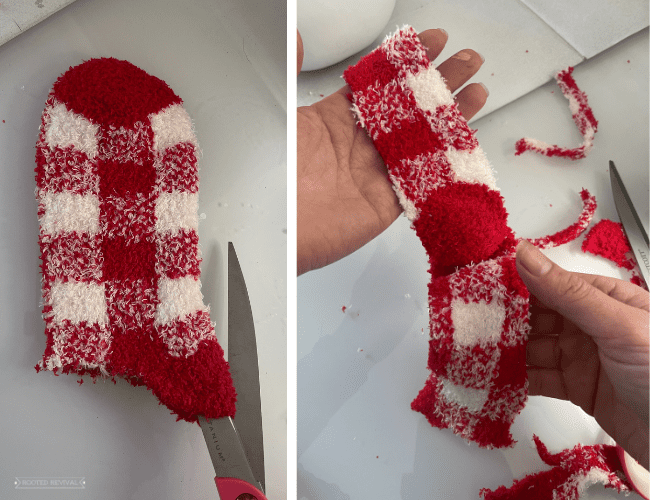
- Wrap the scarf around the neck of the gourd. Secure the sock scarf using a few dots of fabric glue where the end pieces cross over each other.
Notes
You may want to spray your finished gourd with a laquer or clear sealer to help preserve the paint, especially if you will be using them for outdoors decoration.
Don’t forget to pin this idea for later!
